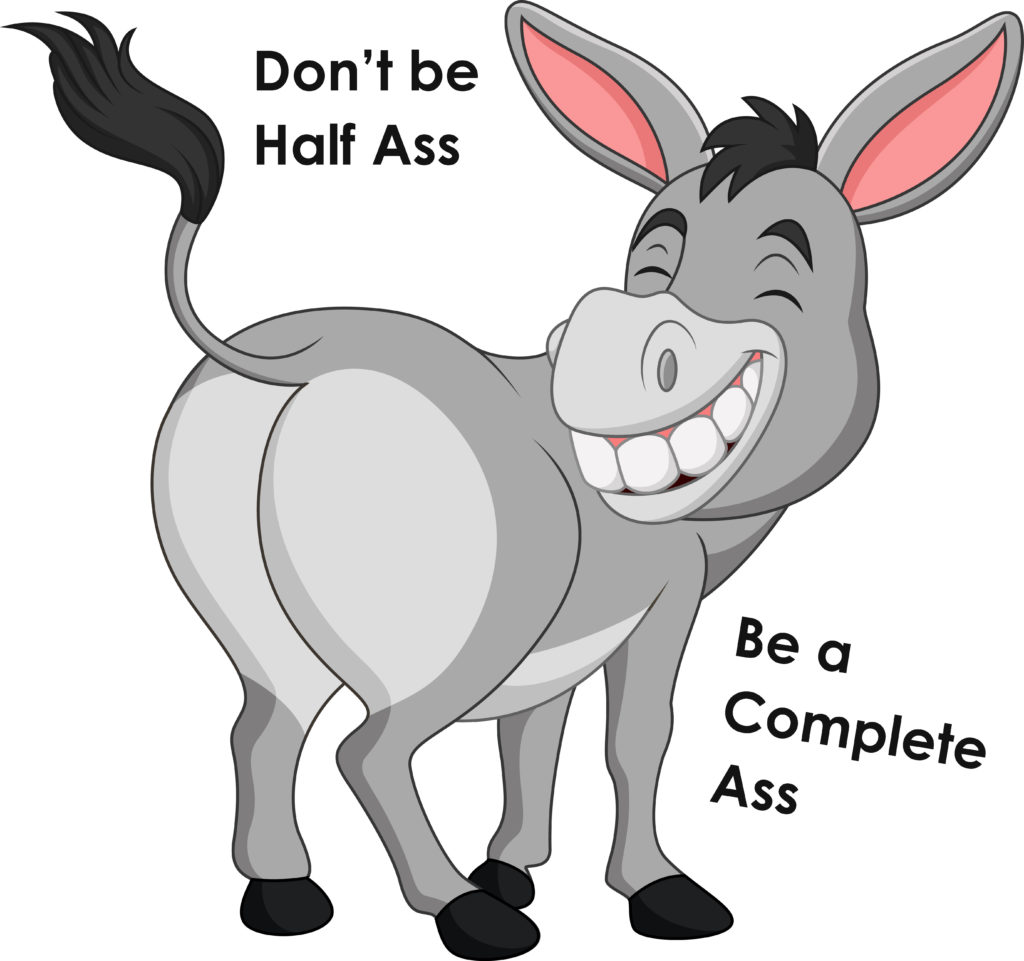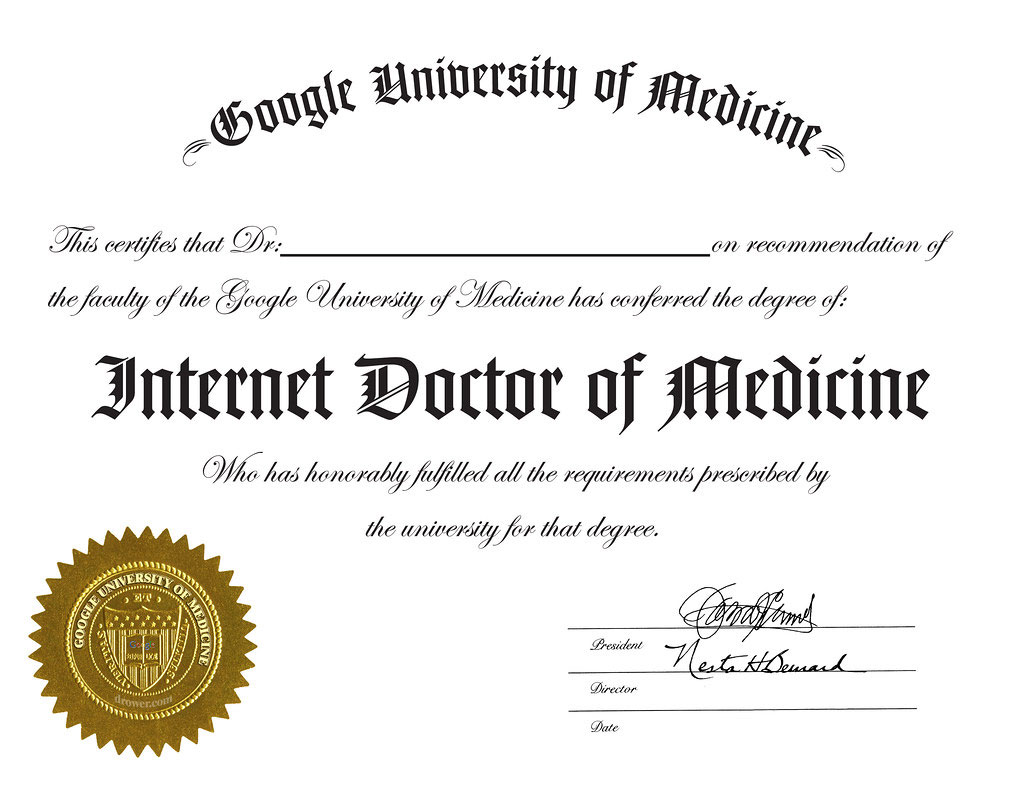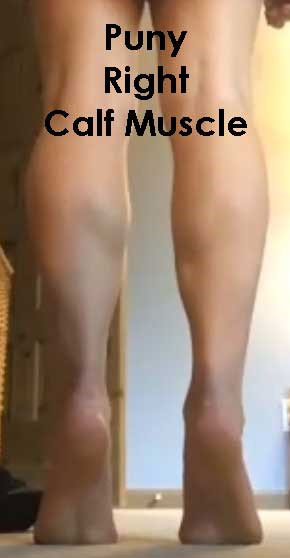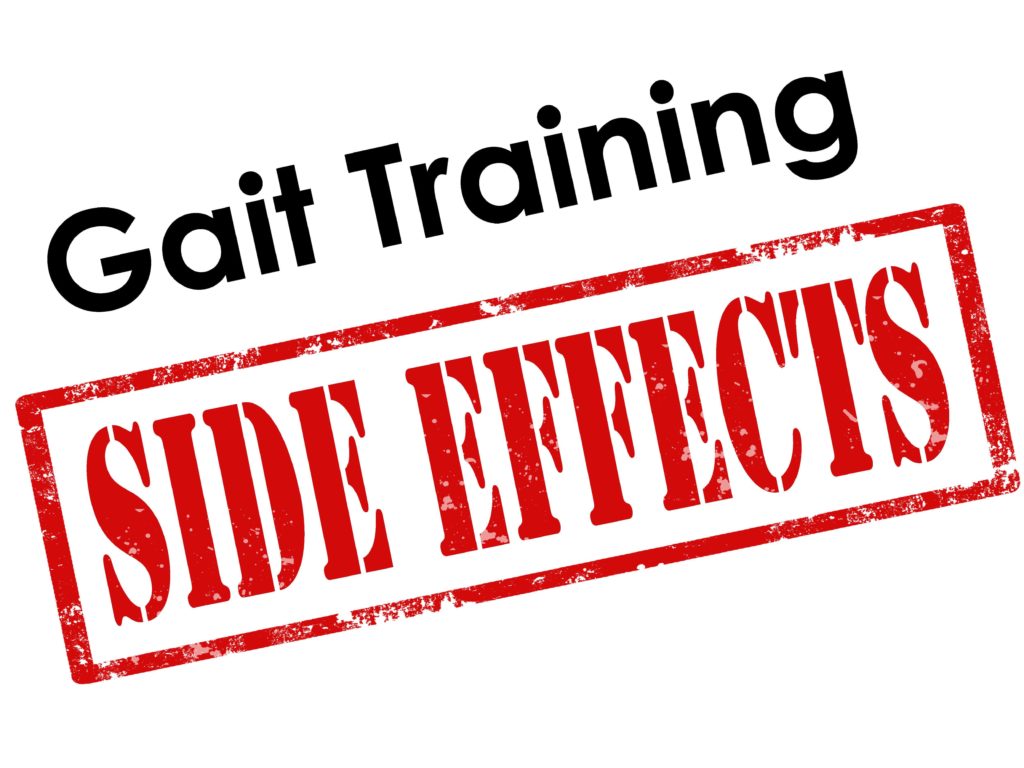Search results for: second
Catch 22 – Underutilization of 2D Slow-Motion Video Analysis
Why is there low utilization of 2D slow motion video analysis of movement by Physical Therapists? There are many advantages for using 2D slow-motion video analysis for management of movement disorders including increased accuracy of diagnosing movement impairments; improved communication with patients and healthcare team; increased engagement of the patient; and improved understanding of movement…
Read MoreHome based Physical Therapy Services – unique benefits of observing real-world issues
Traditionally physical therapy services provided at a person’s home occurs when the individual was “homebound.” According to Medicare regulations homebound is the patient requires assistance to leave home and that when they do, it requires a considerable, tasking effort. This is no longer the case. You do not need to be considered home-bound to receive…
Read MoreButt pain – Isometric Exercises
“Butt Pain.” has different tissue diagnoses. Possible diagnoses are sciatica; piriformis syndrome; gluteal tendinopathy; hamstring tendinopathy; bursitis; hip arthritis; and others. There are many treatments for butt pain. My “go-to” exercise for butt pain is isometric contractions of the gluteal muscles. In my experience rarely is trying to “stretch it out” effective treatment for butt…
Read MoreDiagnostic imaging pros & cons – be careful what you ask for
There are many reasons to request a diagnostic image such as a radiograph (X-ray), MRI, sonogram (ultrasound), and CT scan. They are to diagnosis a pathology/trauma; determine treatment options; screen for contraindications; biomechanical analysis; provide reassurance; medical legal reasons; and financial gain for the healthcare provider. Requests for diagnostic imaging must come from a licensed…
Read MoreWhat do you do when Dr. Google isn’t cutting it?
Searching for information online for personal health and medical issues has become commonplace. Estimates are more than 1/3 of persons in the U.S. use the internet for information on their symptoms. More than 60% of US adults have searched online for information during the past year according to the Pew Research Center. There is a…
Read MoreDownhill running – up does not equal down
Running uphill does not equal downhill running. The faster speed of running downhill does not equal the slower speed of running uphill. The rule of thumb expressed in Jack Daniels’ Running Formula the classic book by running guru Jack Daniels, states that every percent gradient of uphill will slow you by 12 to 15 seconds…
Read MorePuny Calf Muscles Syndrome
It is time to replace the common belief that stretching exercises should occur before exercise or sporting activity with a newer concept that strengthening exercises for the calf muscles should occur before exercise or sporting activities. During warm up for exercise & sporting activity make a conscious effort to walk with spring in your step. Reactivating & reversing puny calf muscles can prevent injury, increase athletic performance, forestall old person shuffle, & look better.
Read MoreSide Effects Occur During Gait Training
A side effect is a secondary effect, typically undesirable effect of a drug or medical intervention. Any intervention that can produce a therapeutic effect can also produce side effects or adverse effects. The current standard of practice is to provide informed consent before beginning evaluation and treatment. Informed consent includes identifying the benefits and…
Read MoreClinical Predictive Rules for Management of Plantar Heel Pain
Medical professionals rely on clinical practice guidelines to have better outcomes, lower utilization of care, and lower costs. These guidelines have limited value since they often fail to keep up with new research findings or recently available diagnostic or therapeutic interventions. For example: clinical practice guidelines are available for plantar heel pain (plantar fasciitis) from…
Read MoreMountain Athlete: 2-Dimensional Video Slow-Motion Analysis
I have been asked to present a continuing education webinar to members of the National Strength and Conditioning Association. The theme of the program is Human Performance the “Mountain Athlete” What is a “Mountain Athlete”? Athletic activities that occur in the mountains are skiing, climbing, Spartan racing, adventure racing, trekking, adventure racing, mountain biking, and…
Read More









